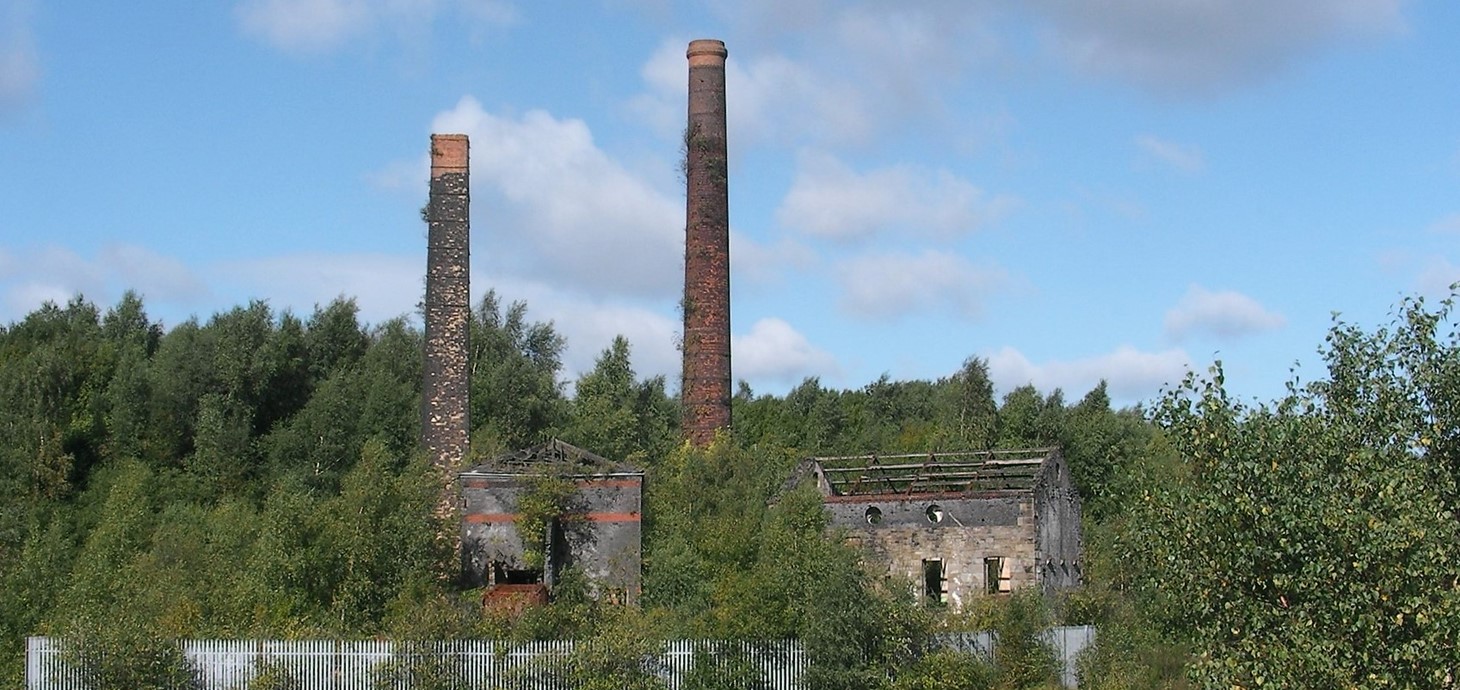
Hafod-Morfa copperworks on the banks of the river Tawe, before regeneration work began.
Swansea University has launched a new digital resource pack for 9-11-year-olds which will help pupils learn about Swansea’s globally significant copper industry while developing their literacy, numeracy and digital competency skills.
The resource, which is available in English and Welsh, has been co-produced by researchers from the university, a creative education consultant and local primary school teachers.
The Hafod-Morfa Copperworks in the Lower Swansea Valley was once a beating heart of the industrial revolution. By 1850 eleven major copperworks had been established on the banks of the River Tawe, and for a time they produced over half of the world's total output of smelted copper. Such was the importance of this industry that Swansea became known as 'Copperopolis'.
The industry declined in the 20th century, leaving only a few buildings behind as evidence of Swansea’s significance in the story of this global industry. For over a decade, researchers at Swansea University have developed a programme of research, community engagement and heritage-led regeneration around the city’s copper industry.
Dr Alex Langlands, senior lecturer in history, who has worked closely with Swansea Council on the site’s regeneration phase over the past six years said: “As Swansea embarks on a programme of heritage-led regeneration, it is vital that we look to include future generations in the process and equip them to carry on the excellent collaborative work currently being undertaken between public, private and community partners. This education pack begins that process, by raising awareness of the city’s rich past and encouraging creative and thoughtful approaches to how to take it forward.”
Copperopolis - A Heritage Project for KS2 has been made possible through funding from Higher Education Funding Council for Wales (HEFCW).
The resource includes:
- Whole-class activities
- Team trials
- Films
- Problem-solving tasks
- Decision-making challenges
Historian Professor Louise Miskell, co-author of Swansea Copper: A Global History, said: “The more years that pass since the end of Swansea’s heyday as ‘Copperopolis’, the fewer people in the town with living memories of this history that they can pass on to the next generation. We have to find new ways to ensure that children are not deprived of a sense of Swansea’s historical importance as an industrial centre, and an understanding of the way in which copper profoundly shaped the town.”
Dr Tracy Breathnach Evans of Swansea University who led the project, added: “The pilot of this project has been hugely successful, and we are very grateful to the teachers and pupils who trialled this with us in 2021 to create a digital resource that is informative, engaging and user-friendly. We are delighted to be able to offer this to all primary schools in Swansea and beyond. This project has demonstrated the role that universities can play in helping to shape the new curriculum in schools, by embedding world-leading research into creatively designed learning experiences.”
To request the Copperopolis - A Heritage Project for KS2 resource pack, email Tracy Breathnach Evans.
